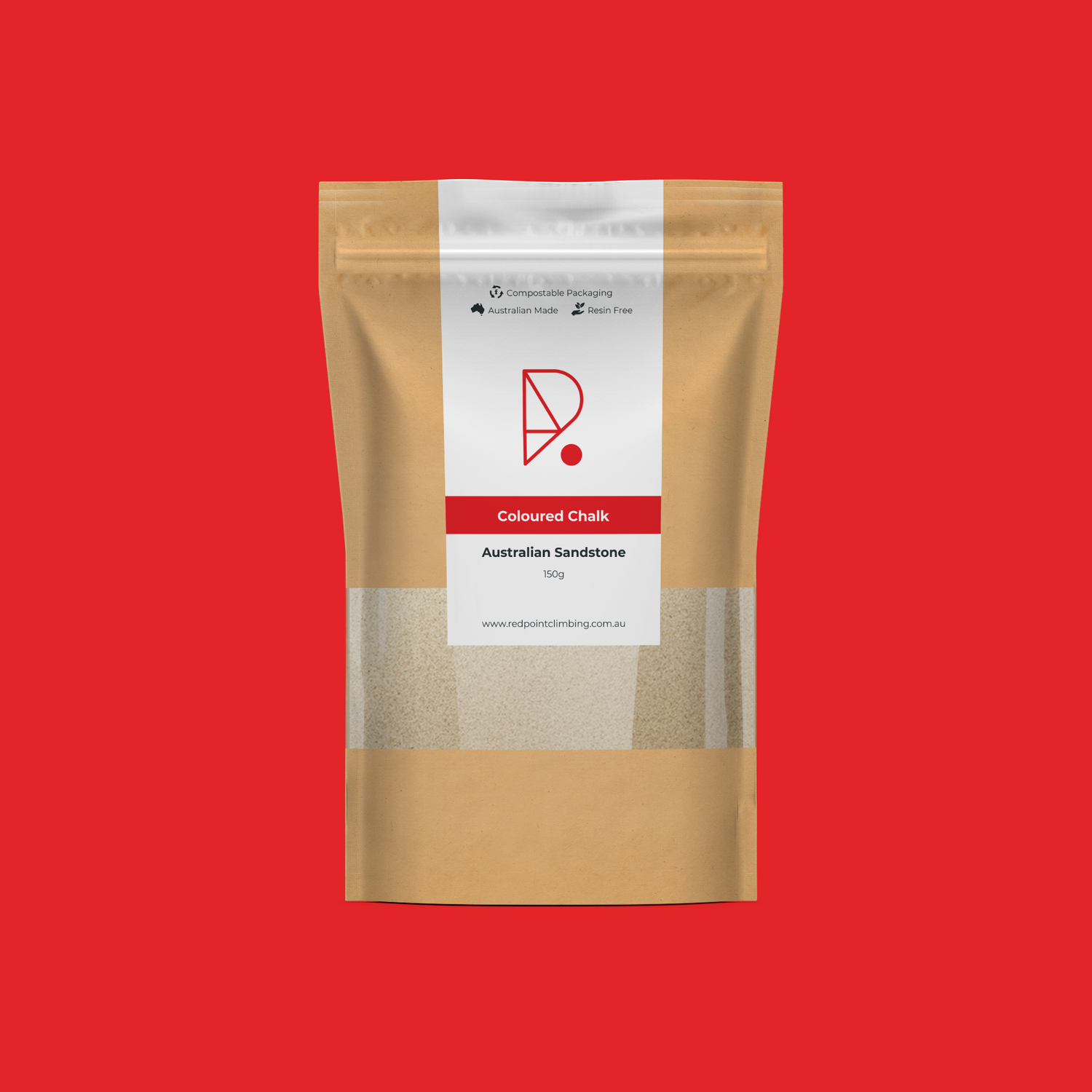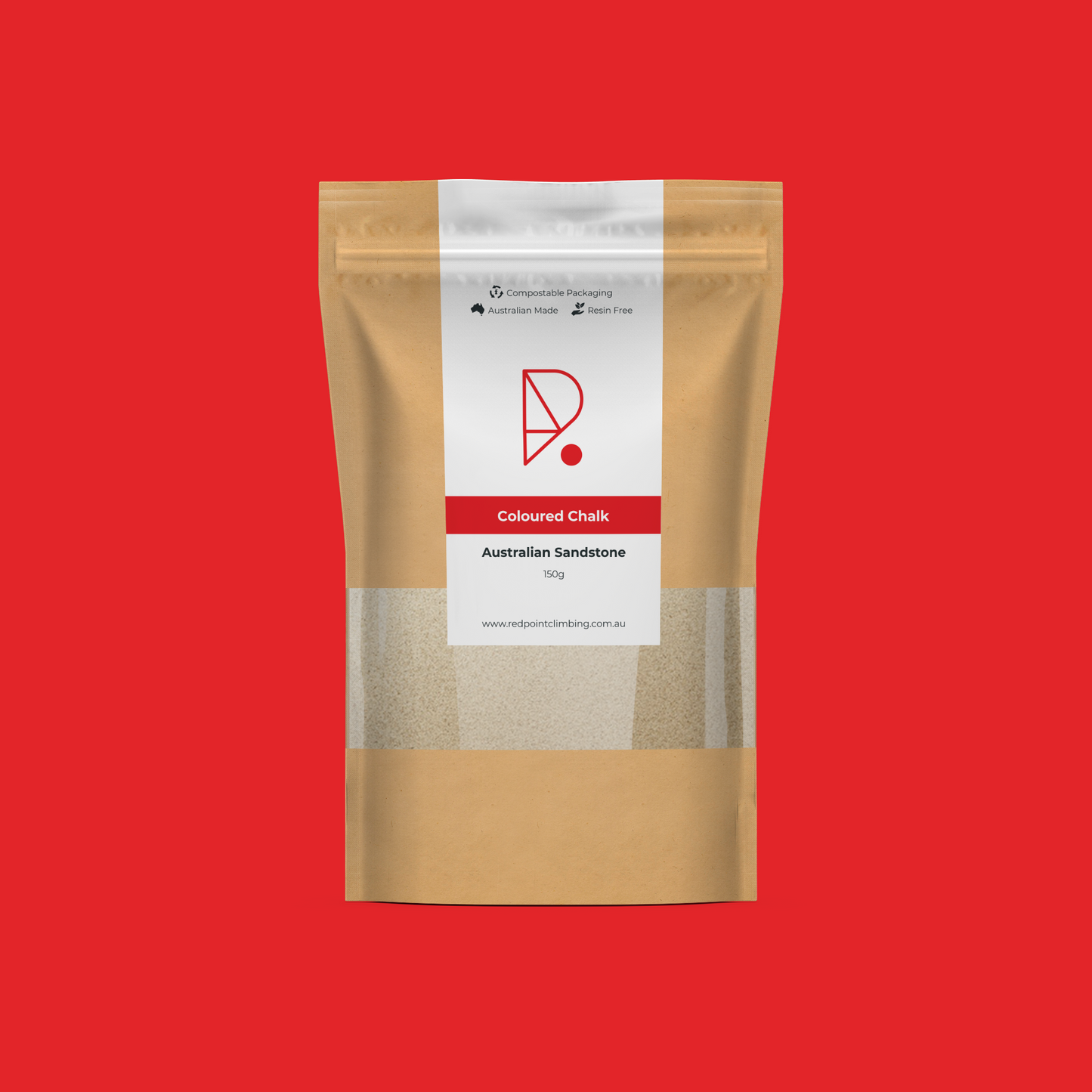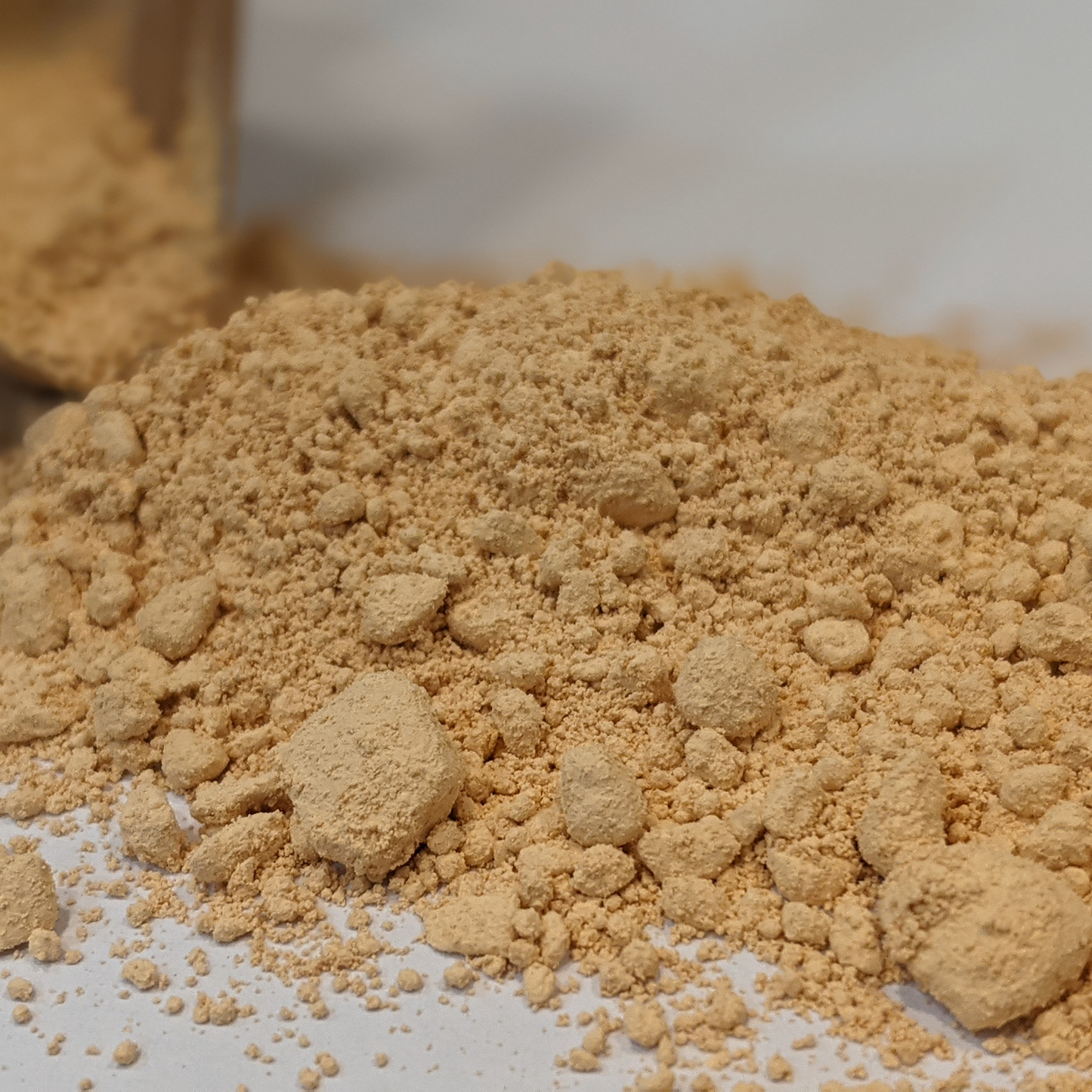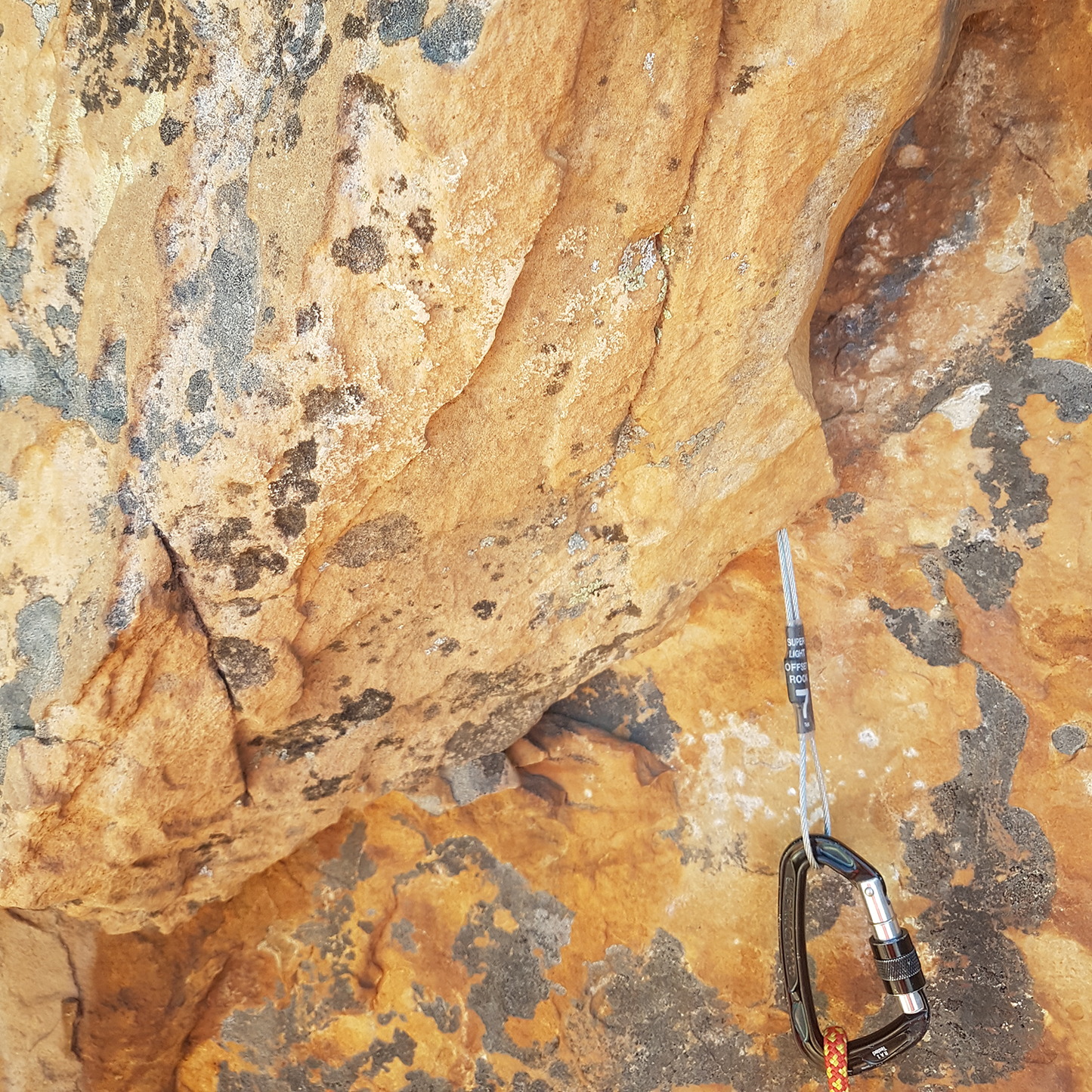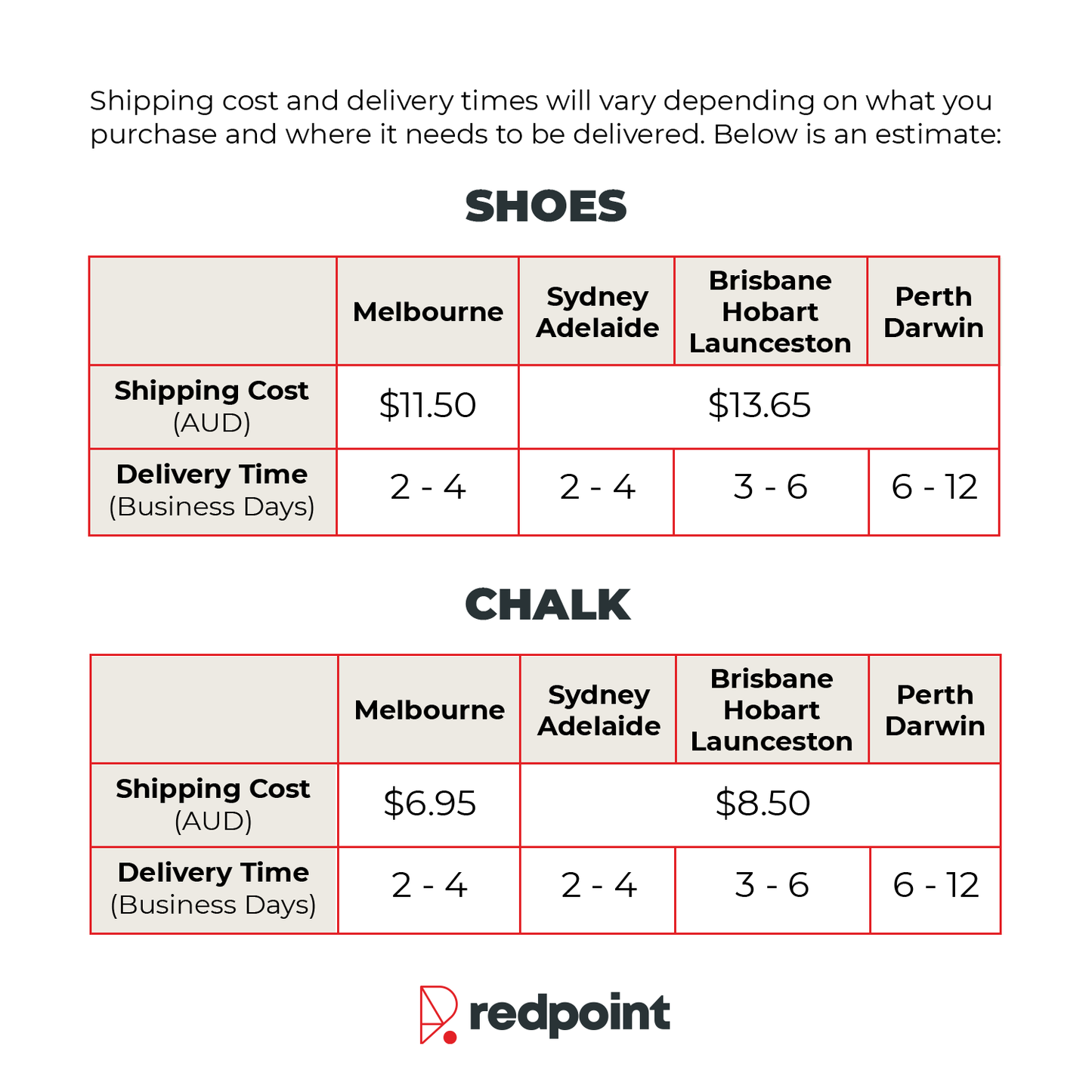
Recently, many brands have started substituting plastic with compostable or biodegradable materials. In fact, compostable and biodegradable are frequently used interchangeably. However, compostable and biodegradable do not mean the same thing, and neither are recyclable. So, what’s the difference between compostable and biodegradable? More importantly, which bin should I place them in?
TLDR;
- If it says biodegradable, check the label to see if it is non-toxic. Biodegradable is an umbrella term that encompasses non-toxic (e.g. cornstarch) but also toxic (eg. petrochemicals, heavy metals) materials.
- Only non-toxic materials can be compostable and used as fertiliser to help plants grow.
- Compostable are non-toxic products that can generally be placed in your food and garden waste bin, but each council is different so best to double check with your local council.
- Biodegradable material that isn’t marked as non-toxic generally should be placed in your regular rubbish bin.
- Neither biodegradable or compostable products should go in the recycling bin.
Compostable materials are a subset of biodegradable materials, which means all compostable products are biodegradable but not all biodegradable products are compostable. The main difference that is relevant to consumers are:
- How they break down; and
- What they break down into.
Here is a helpful summary:
|
How they break down |
What they break down into |
Which bin? |
|
|
Compostable Products |
120 days in industrial compost environments |
Non-toxic organic materials |
Food and garden waste bin |
|
Biodegradable Products |
A few months up to a few years in any environment |
May break down into non-toxic organic materials (check label) but not always |
Regular rubbish bin or food and garden waste bin (check label) |
|
Regular plastic products |
Hundreds of years in any environment |
Toxic waste such as microplastics |
Regular rubbish bin |
Compostable Products
What are compostable products made of? Compostable products are made of organic materials such as corn starch. They are regulated by standards such as the Australian standard AS 4736 and European EN 13432 standard.
How do compostable products break down? To break down organic materials into compost that is nutritional for soil, most compostable products need to be placed in industrial compost environments, which have specific high temperatures and humidity levels.
What do compostable products break down into and how long does it take? In the right environment, 90% of the compostable product breaks down into water and biomass within 180 days. In a home compost, this can take around 360 days. Still much quicker than regular plastic, which takes hundreds of years! This compost can then be used as fertiliser to help plants grow. The thinner the product material, the quicker it will compost. For example, a compostable postage satchel will decompose faster than a fork.
Which bin should I place compostable products in? Compostable bags can be used to collect food scraps and then placed into the food and garden waste bin. However, each council composts differently, so best to double check with your local council first. Compostable bags definitely shouldn’t be recycled. If you can’t place it in a food and garden waste bin, try a community composting centre. Last resort is to place it in the regular rubbish bin. It will still break down, albeit slower. Cutting the product down into smaller bits will help with the degradation process. Do not put compostable products in the recycling bin.
Here is a simple guide on how to dispose of compostable satchels.
Biodegradable Products
What are biodegradable products made of? Biodegradable is an umbrella term encompassing any materials that can break down into natural substances, but are not necessarily non-toxic (e.g. petrochemicals). Biodegradable products are also not regulated by mandatory standards.
How do biodegradable products break down? Because biodegradable products are not regulated, they don’t have any specific environments in which they may break down faster. Open air, heat or landfill are all possible environments.
What do biodegradable products break down into and how long does it take? Because biodegradable products are not regulated, they can take anywhere between a few months to a few years to break down. Although biodegradable products break down faster than regular plastic, which takes hundreds of years, they may also contain heavy metals and other toxic materials that are harmful to the soil. These toxic materials are commonly known as microplastics, which are more challenging to clean up and move more easily through the environment to negatively impact animals and soil. As a result you should always read the label and look for further information on whether it breaks down into toxic or non-toxic substances.
Which bin should I place compostable products in? If there is an Australian standard AS 4736 logo on the product and instructions that the product is compostable, place it in the food and garden waste bin. Otherwise, biodegradable products should go in the regular rubbish bin. Do not place biodegradable products in the recycling bin.

